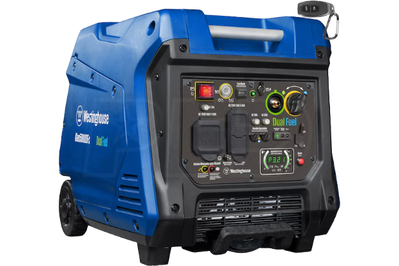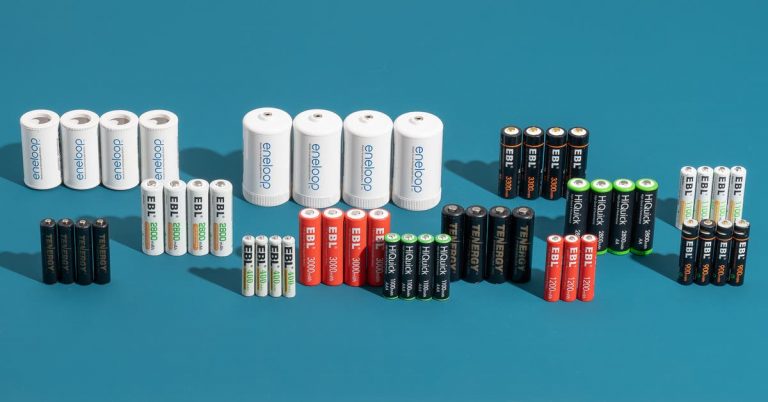How to Choose Backup Home Power Options for Any Outage

What it is: It’s an internal combustion engine for electricity. The smallest options, at 1,000 to 2,000 watts, can be tucked in a trunk for a weekend trip. And the largest kinds, up to about 9,000 watts, usually live in a home’s garage (and driveway), ideally parked near the breaker panel.
What it powers: Two-outlet generators at the 2,000-watt level can simultaneously support small devices like phone chargers, fans, lights, but not much more. A 4,000-watt generator can run larger appliances like chest freezers, mini fridges, and window AC units. With a generator this size or larger, you may consider connecting it via the home’s breaker panel, allowing for the backup of whatever you prioritize — your fridge, garage door opener, the Wi-Fi and TV — or other designated circuits throughout your home.
Best for…
Pros: A portable generator can provide a power source capable of seeing you through an extended outage. There are a lot of feature-rich, well-priced generators that deliver some of the lowest price-per-watt figures you’ll find among all the backup power options you could choose.
Cons: You must use a generator in the right conditions — in a secure outdoor location, with a setup that minimizes the hazards of carbon monoxide emissions, noise, and exposure to weather. These small engines also require upkeep, and if you’re not regularly using the generator, that dormant period followed by sudden use can lead to a malfunction right at the moment you need it. Storing gasoline requires adding fuel stabilizer, and accessing gasoline in the wake of a disaster can be problematic. Theft is also an issue, since a generator’s noise can draw attention, and areas affected by disasters are often targeted by looters in the aftermath.
Good to know:
- Combine it with electric backup. When we compared models from Westinghouse, Honda, Generac, and Champion while researching our portable generator guide, we came to believe a generator really works best in tandem with electric backup solutions (like a portable power station, power banks, and the like), as long as your budget permits multiple purchases.
- Look for dual-fuel engines: These engines can run on either gasoline or liquid propane (LP). Using LP slightly lowers the power capacity of most generators (relative to gasoline), but storing the tanks is easier.
- Determine the size you need: Deciding on generator size can be tricky, so use a calculator to help determine what you need for your backup plan. We’ve found a 4,000-watt generator to be a sweet spot for many homes, and it often includes popular features like remote start and carbon monoxide minders.
- Back up home circuits. Generators that are around the 4,000-watt level and larger can often be wired into a home breaker panel by an electrician. Even backing up a few circuits can help you get through a long outage with less disruption.







